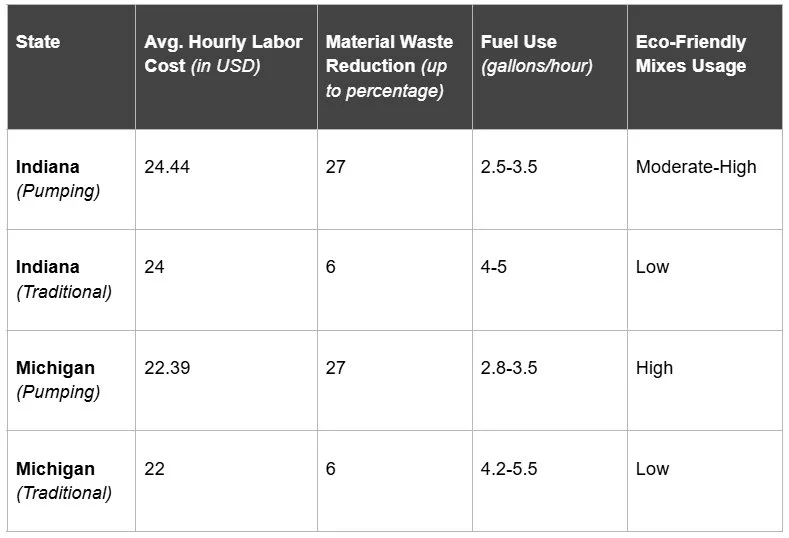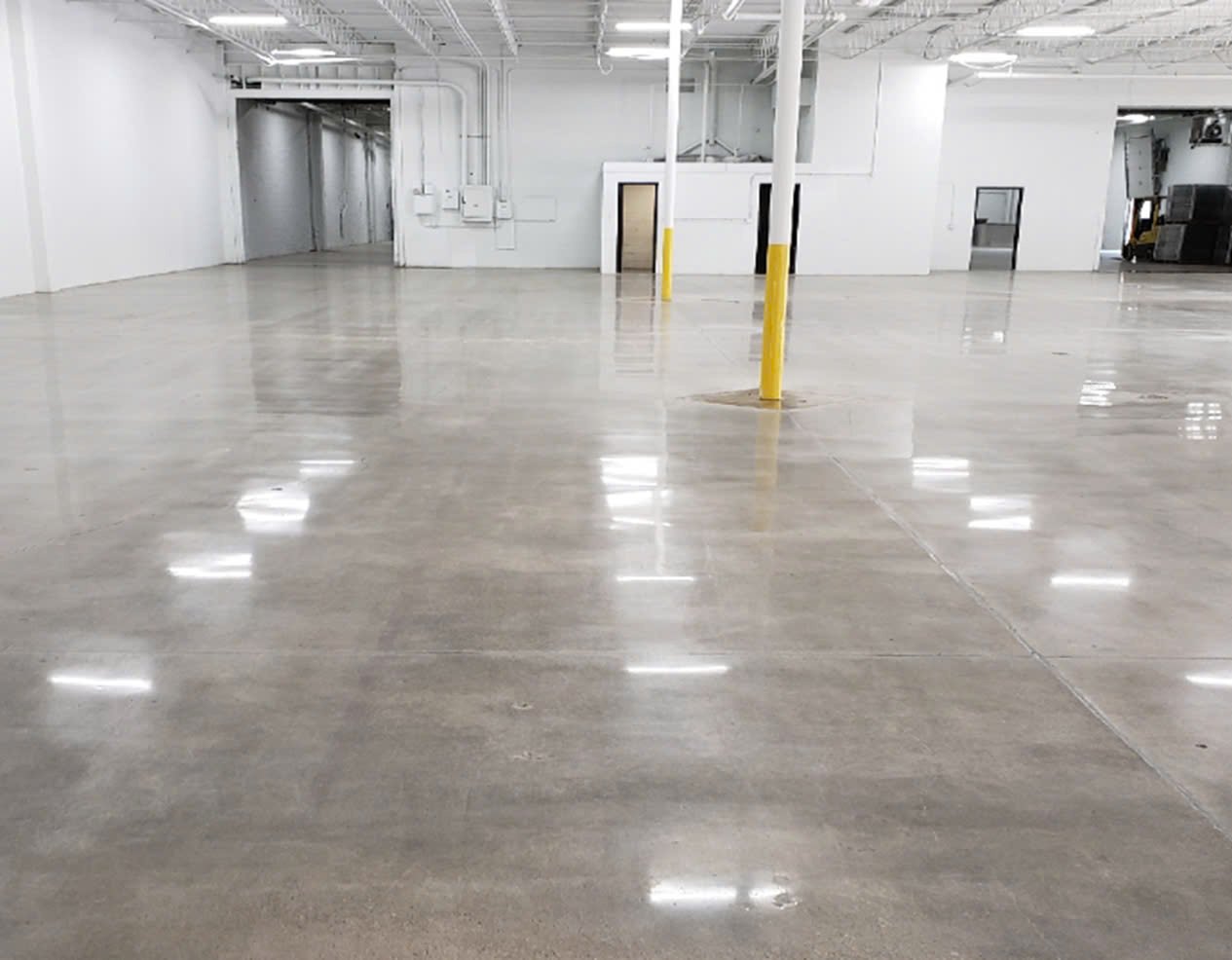The Environmental Benefits of Using Concrete Pumping for Sustainable Construction
Discover how concrete pumping supports sustainable construction by reducing waste, lowering emissions, and improving efficiency on eco-conscious projects.
Construction has grown exponentially in the last few decades. And with that growth, sustainability found its way into the industry. First, it was small and seemingly insignificant. But today, sustainability in construction seems to be experiencing exponential growth of its own.
Today we’re looking at concrete and how the method of pumping concrete instead of the traditional transporting/pouring is so much cleaner (and more precise/efficient), by significantly reducing the amount of material waste and energy consumption.
Furthermore, concrete pumping equipment opens up the possibility of working with more eco-friendly mixes that’d be difficult/inefficient to use via the older methods.
Let’s dive into the world of concrete pumping!
Concrete Pumping – Green Benefits
As mentioned above, concrete pumping is an advanced way of delivering concrete to the desired location, and it is the ‘greener’ way/alternative compared to transporting plus pouring.
Reducing Material Waste
The traditional concrete handling method involves manually moving concrete with wheelbarrows/buckets. This, besides the strain on human physique, also leads to frequent spills.
Besides creating unnecessary costs, this method also creates unnecessary waste. By contrast, concrete pumps can deliver the exact amount of concrete needed exactly to the designated location, effectively eliminating spillage (and manual labor).
Lower Energy Consumption
Besides material waste, traditional concrete handling methods rely on manual transport plus inefficient machinery (increasing fuel/electricity costs, plus increased emissions).
(Modern) Concrete pumps are completely designed for efficiency. Large volumes of concrete can swiftly be transferred with minimum energy input. Pours are finished faster and require fewer pieces of equipment (e.g., cranes, hoists) and don’t need a large workforce. This translates to fewer emissions and a smaller carbon footprint.
Sustainable Concrete Pumping Practices
As more and more countries recognize global warming as a potential calamity, environmental standards/certifications become more and more rigorous, and the construction industry needs to adapt. Concrete pumping is one of the most efficient ways to modernize construction since concrete is so intimately tied to the industry.
Here’s how/why:
1. Green Building Certifications
Green certifications, such as ‘Leadership in Energy and Environmental Design’ (LEED), are created to tackle environmental pollution and recognize sustainable practices, which in turn adds value to both the construction company’s reputation and the project itself (which can help get the project subsidized, or get government grants).
For concrete, LEED can focus on measures such as energy efficiency, water conservation, use of recycled materials, and use of supplementary cementitious materials (e.g., fly ash, slag, etc.).
2. Increasing Construction Longevity
By pouring the concrete precisely and in a controlled manner, you’re helping to create more structurally sound buildings. Short-term, this means very little; however, long-term you’re reducing the need for costly repairs/replacements over time.
The longer the building stands, the more sustainable the project is.
3. Using Innovative Concrete Mixes
Concrete pumping technology allows the usage of modern, eco-friendly concrete blends which may be difficult to handle via traditional methods. Some of these modern blends are:
High-Strength, Low-Carbon Concrete – fly ash, slag, silica fume replaces portion of Portland cement; pumping machinery can easily handle these denser, more viscous mixes, which would otherwise flow poorly
Lightweight Aggregate Concrete – expanded shale or clay creates a more sustainable mix by using less raw material; pumps can adjust with precise pressure control to ensure consistent concrete placement.
Ultra-High-Performance Concrete (UHPC) – advanced admixtures and fine particles increase strength and reduce porosity, which, in turn, results in long-lasting structures.
Geopolymer Concrete – industrial byproducts (e.g., fly ash, blast furnace slag) activated with alkaline solutions create a greener (recycling-friendly) alternative to conventional Portland cement concrete; concrete pumps effectively handle the different flow/setting behavior.
Concrete Pumping vs Traditional Methods: Efficiency
According to the United States Environmental Protection Agency (EPA), concrete pumping is highly promoted as the ‘environmentally-friendly’ method to use when traditional concrete methods are being considered.
Here’s why:
As you can see, the average cost of concrete pumping is almost the same as the price of traditional methods, even if you compare different data from multiple states; however, pumping technology towers over tradition in every other aspect, showing its dominance in the positive effect it has on the environment.
Now simply try to imagine how much concrete is being used every second worldwide. This is a colossal difference when it comes to our future.
Conclusion
If you’re using concrete, regardless of whether you're DIY-ing a small project or you’re creating a residential skyscraper, concrete pumping is superior in almost every way compared to traditional concrete handling methods.
The reduction of material waste, lowered energy consumption, and use of innovative and recycled/green-friendly concrete mixes make concrete pumping the sustainable way to go forward – especially if we want a green and healthy planet.








